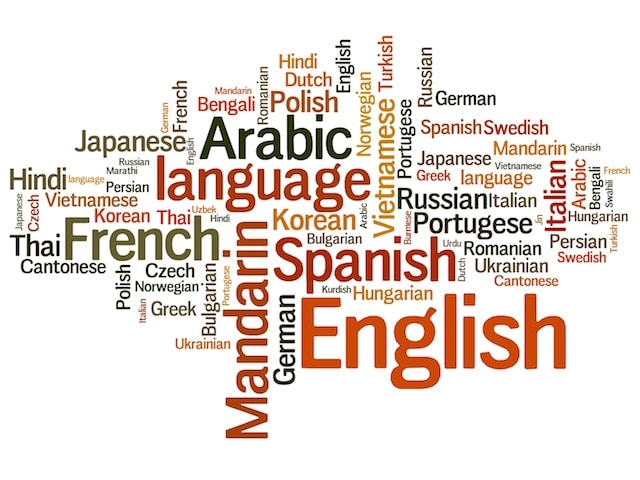MONGOLIAN LANGUAGE
Understanding The Mongolian Language & Providing Professional Mongolian Interpreters, Translators and Transcriptionists
American Language Services (AML-Global) understands the importance of working in the Mongolian language. For over a Quarter of a Century, American Language Services has worked with the Mongolian language as well as hundreds of others from around the world. We offer comprehensive language services 24 hours, 7 days a week worldwide by providing Mongolian interpreting, translation and transcriptions services along with hundreds of other languages and dialects. Our linguists are native speakers and writers who are screened, credentialed, certified, field tested and experienced in a number of specific industry settings. The Mongolian language is unique and has very specific origins and characteristics.
The Mongolian Language and Mongolia
The Mongolian language is spoken in Mongolia, a landlocked country in East and Central Asia. It borders Russia to the north and People’s Republic of China to the south, east and west. Although Mongolia does not share a border with Kazakhstan, its western-most point is only a few miles from Kazakhstan’s eastern tip. Mongolia is the nineteenth largest and most sparsely populated independent country in the world, with a population of around 2.9 million people. It is also the world’s second-largest landlocked country after Kazakhstan. The country contains very little arable land, as much of its area is covered by steppes, with mountains to the north and west and the Gobi Desert to the south. Approximately 30% of the country’s 2.9 million people are nomadic or semi-nomadic. The predominant religion in Mongolia is Tibetan Buddhism, and the majority of the state’s citizens are of the Mongol ethnicity, though Kazakhs, Tuvans and other minorities also live in the country, especially in the west.
Syntax of the Mongolian Language
As a language, Mongolian has vowel harmony and a fairly complex syllable structure for Mongolic that allows up to three syllable-final consonants. It is a typical agglutinative language that relies on suffix chains in the verbal and nominal domain. While the basic word order is Subject Object Verb, the noun phrase order is relatively free, so functional roles are indicated by a system of about eight grammatical cases. The verb can take several voice suffixes and is marked for aspect and some other notions belonging to the domains of tense, modality and evidentially. In sentence linking, converbs play a special part.
Mongolian Writing System
Mongolian has been written in a variety of alphabets over the centuries. The traditional Mongolian script was adapted from Uyghur script probably at the very beginning of the 13th century and from that time underwent some minor disambiguations and supplementations. Between 1930 and 1932, a short-lived attempt was made to introduce the Latin script in the Mongolian state, and after a preparatory phase, the Cyrillic script was declared as mandatory by government decree.
Who are You Going to Trust with Your Vital Mongolian Language Needs?
The Mongolian language is an important language worldwide. It is vital to understand the general nature and specific idiosyncrasies of Mongolian. Since 1985, AML-Global has provided outstanding Mongolian interpreters, translators and transcriptionsts worldwide.
























